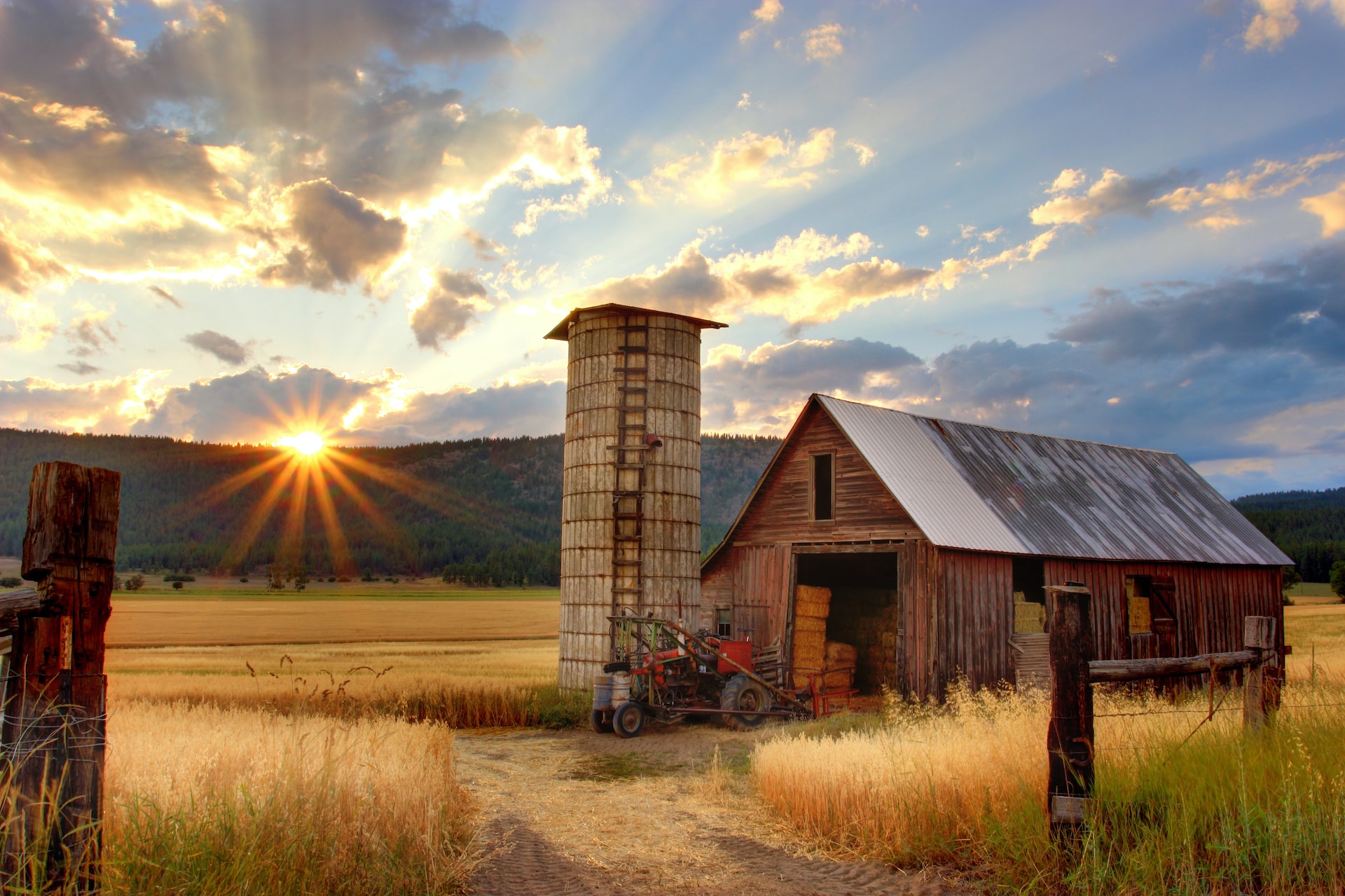Sustainable Living in the Countryside: How to Reduce Your Environmental Impact and Live a More Self-sufficient Lifestyle

Living sustainably in the countryside has many benefits for both the environment and your personal well-being. The natural surroundings and slower pace of life can provide an opportunity to live a more self-sufficient lifestyle and reduce your environmental impact.
Reducing Your Environmental Impact
Energy Conservation
Living in the countryside often means you are not connected to the main grid, which can make it more difficult to access renewable energy sources. However, there are still ways to reduce your energy consumption and decrease your environmental impact.
Simple changes such as switching to energy-efficient appliances and lightbulbs, and using natural light can help to reduce your energy consumption. Investing in a solar panel system or a wind turbine can also provide you with a source of renewable energy.
Water Conservation
Water is a precious resource, and it’s important to reduce water consumption and waste in the countryside. Simple changes such as fixing leaks, taking shorter showers, and using water-saving devices can help to reduce water usage. Collecting rainwater can also provide an alternative source of water for irrigation and other non-potable uses.
Waste Reduction
Waste reduction is an important part of sustainable living. In the countryside, it’s often easier to compost and recycle. Composting food scraps and yard waste can reduce the amount of waste sent to landfills, and recycling can reduce the consumption of new materials.
Sustainable Transportation
In the countryside, it’s often necessary to travel long distances to access services and amenities. Investing in a fuel-efficient vehicle, carpooling, or using public transportation can help to reduce your environmental impact. Walking or cycling can also provide an excellent way to get around, especially for shorter distances.
Living a More Self-sufficient Lifestyle
Growing Your Own Food
Living in the countryside provides an opportunity to grow your own food. This can include growing fruits and vegetables, raising animals, and keeping bees. Not only can this provide a source of fresh and healthy food, but it can also be a rewarding and fulfilling experience.
Building a Sustainable Home
Building a sustainable home can provide a comfortable and energy-efficient living space. Passive solar design, natural lighting, and insulation are all ways to make a home more energy-efficient. Building with natural and sustainable materials, such as wood, straw bale, and mud, can also reduce the environmental impact of a home.
Creating a Sustainable Community
Living in the countryside can provide an opportunity to create a sustainable community. This can include sharing resources such as tools, equipment, and skills. It can also include working together to address environmental and social issues. Joining or starting a local community group can provide a way to connect with others and make a positive impact.
Conclusion
Sustainable living in the countryside has many benefits for both the environment and your personal well-being. The natural surroundings and slower pace of life can provide an opportunity to live a more self-sufficient lifestyle and reduce your environmental impact. While the steps to sustainable living can be different in rural areas than urban areas, it is important to consider the resources that are available and make the best use of them. Remember that it is a journey, and every small step counts.





